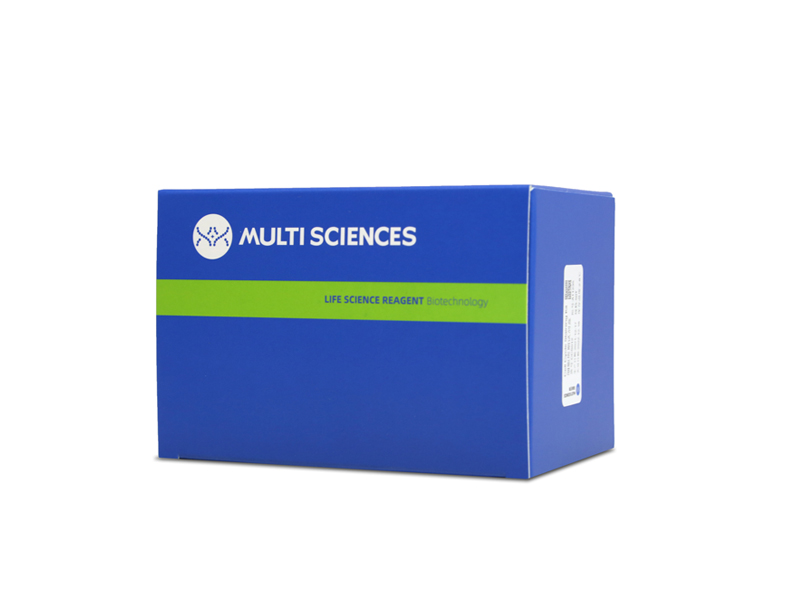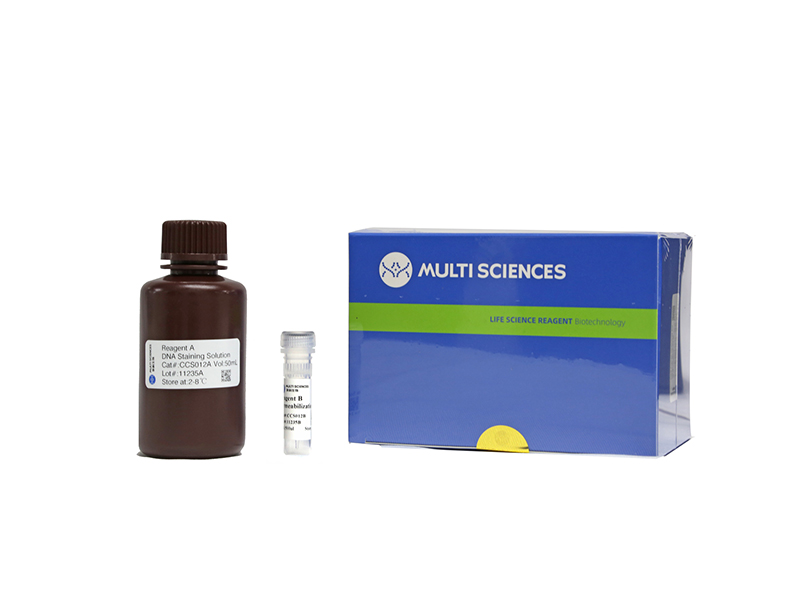Purpose:The purpose of this study was to investigate the prognostic impact of Epstein-Barr virus (EBV)-microRNA (miRNA, miR)-BHRF1-1 with chronic lymphocytic leukemia (CLL) as well as role of EBV-miR-BHRF1-1 in p53 gene.
Materials and methods:Quantitative reverse transcription-polymerase chain reaction and western blotting were used to quantify EBV-miR-BHRF1-1 and p53 expression in cultured CLL.
Results:p53 aberration was associated with the higher expression level of EBV-miR-BHRF1-1 (p < 0.001) which was also an independent prognostic marker for overall survival (p=0.028; hazard ratio, 5.335; 95% confidence interval, 1.193 to 23.846) in 97 newly-diagnosed CLL patients after adjusted with International Prognostic Index for patients with CLL. We identified EBV-miR-BHRF1-1 as a viral miRNA regulator of p53. EBV-miR-BHRF1-1 repressed luciferase reporter activity by specific interaction with the seed region within the p53 3'- untranslated region. Discordance of p53 messenger RNA and protein expression was associated with high EBV-miR-BHRF1-1 levels in CLL patients and cell lines. EBV-miR-BHRF1- 1 inhibition upregulated p53 protein expression, induced cell cycle arrest and apoptosis and decreased cell proliferation in cell lines. EBV-miR-BHRF1-1 mimics downregulated p53 protein expression, decreased cell cycle arrest and apoptosis, and induced cell proliferation in cell lines.
Conclusion:This study supported the role of EBV-miR-BHRF1-1 in p53 regulation in vitro. Our results support the potential of EBV-miR-BHRF1-1 as a therapeutic target in EBV-associated CLL with p53 gene aberration.
文章引用产品列表
-
- CCS012 1190 Citations
- 周期试剂盒
Cell Cycle Staining Kit 细胞周期检测试剂盒
- ¥390.00



